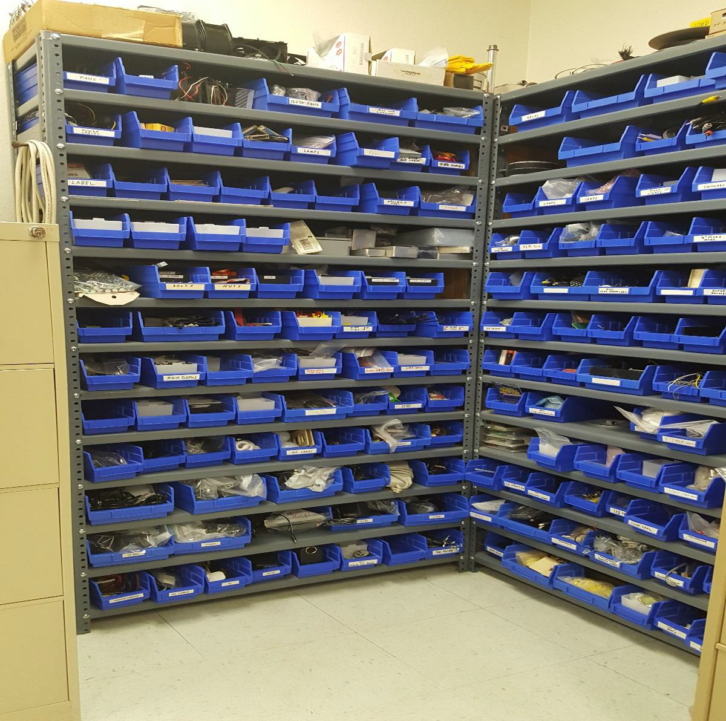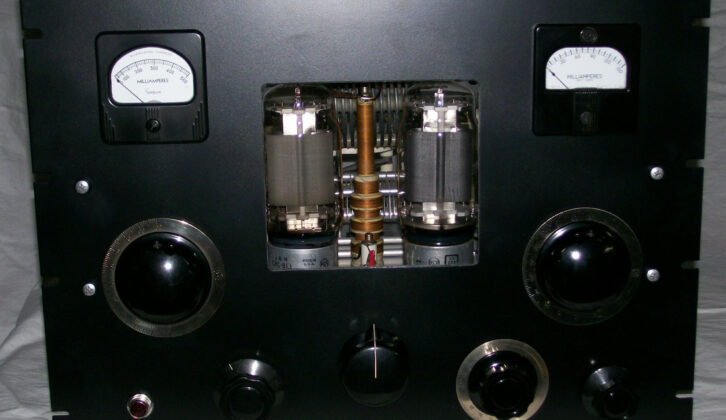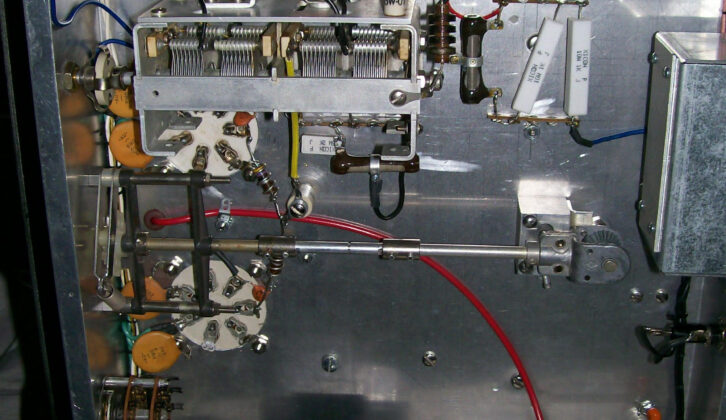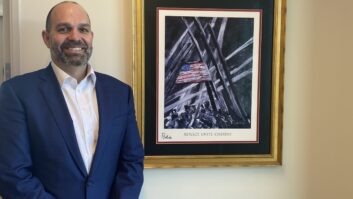Engineers. With the sponsorship of SCMS the webinar was free, so the next time you deal with SCMS, please express your appreciation for their help in educating engineers and their support of the society. You can watch the webinar on demand.
When I shared a tip about organizing the parts in your workshop, I showed Fig. 1. Dave Morgan, CBRE, director of engineering for Sinclair Telecable in Norfolk, saw something eerily familiar. He shares Fig. 2, a “master” parts depot at a transmitter site. Similar shelving, bins and methodologies!

Dave admits that his bins are a work in progress, as his team sorts and consolidates parts from various transmitter sites accumulated over decades. This particular site has the room for a “master” parts depot as well as equipment storage.
Given the disappearance of local electronics parts stores, the diversity of parts in this depot amazes Dave. The assortment includes resistors, transistors, ICs, terminals, fasteners, indicator bulbs and wire nuts. Old electrolytic capacitors were tossed due to age, but there are plenty of fresher ones on hand from recent repair projects.

Dave asked us to share with you his system for sorting and storing parts like small capacitors, resistors, transistors, diodes and ICs. It can be awkward to store through-hole components with long leads in the tiny plastic bins that come in a multi-bin cabinet. And carrying them en masse from one site to another is a challenge.
Dave uses Ziploc or similar brand plastic parts bags that come from the supply houses. They fit perfectly inside a Akro-Mils shelf bin (part number 30150, available in various colors and measuring 7 inches wide by 4 inches tall by 12 inches deep). Plastic dividers are part number 40150. The bin can be seen in Fig. 3.

Dave organizes parts in ascending numerical order by value and arranges them like an old-fashioned library card catalog. For electrolytic capacitors there are many bags for a certain capacitance, then sorted by voltage rating, form factor (radial vs. axial), bipolar/non-polar and Audio Grade. Dave has yet to sort through other capacitor types like ceramic and film.
Resistors are sorted into bins for the various wattages, then bagged according to type (e.g. carbon film, metal film) and tolerance. Wire-wound resistors are kept in separate bins.
The plastic baggies can be reused; just apply new labels atop the old ones, or scratch through the old markings with a Sharpie or similar brand marker and write in the available white space. New bags are available from Amazon.
A benefit, aside from getting organized, is that the bins are comparatively easy to transport from one site to another. If an older transmitter needs to be recapped or have carbon composition resistors replaced as they age, you just take whichever bins are needed and go.
So what about ICs, transistors, and semiconductors? You’ll have to wait for the next issue’s Workbench to discover how Dave handles those components.
Power cables in color
For a studio upgrade project, Ray Lewis at WHJU(FM) in Conyers, Ga., found that EIA AC power cables are available on Amazon in a variety of colors including red, blue, green, black and white.
Ray is using the color coding when routing to individual uninterruptible power supplies. During an outage, this code for the various UPS units will be helpful and can save time; he’ll know what’s plugged in where.
On Amazon, enter “Cable Leader universal power cord — colored” for a listing of cable types, lengths and wire gauges.
Home-brew transmitter
Clifford Kotchka is a retired television engineer and a ham radio enthusiast. Figs. 4, 5 and 6 show a variety of views of the homebrew 500-watt Class C power amplifier, using 813s, that he constructed. Beautiful work. See what you can do in retirement?
Click to toggle between photos.
Workbench submissions are encouraged and qualify for SBE recertification credit. Email [email protected].










